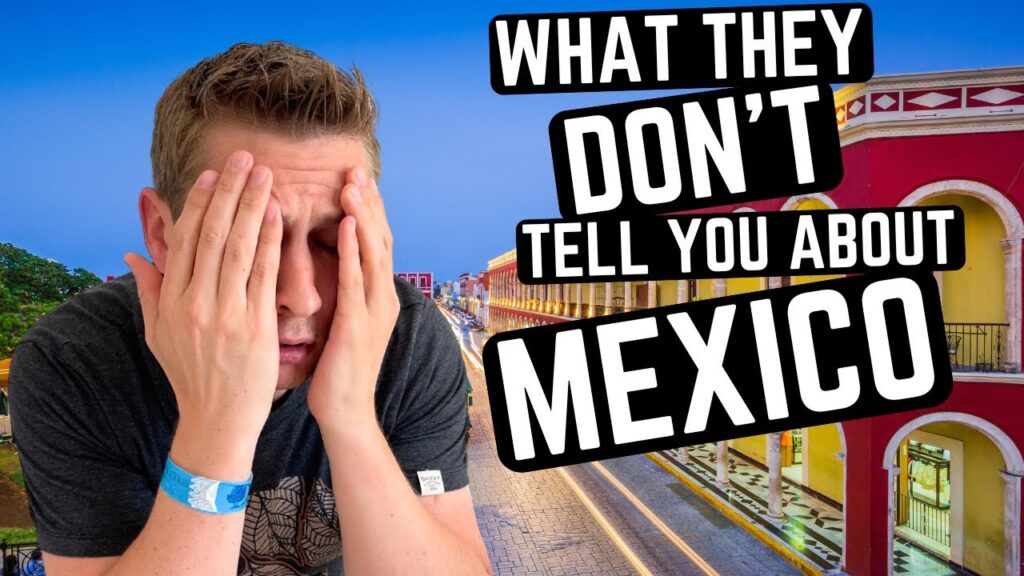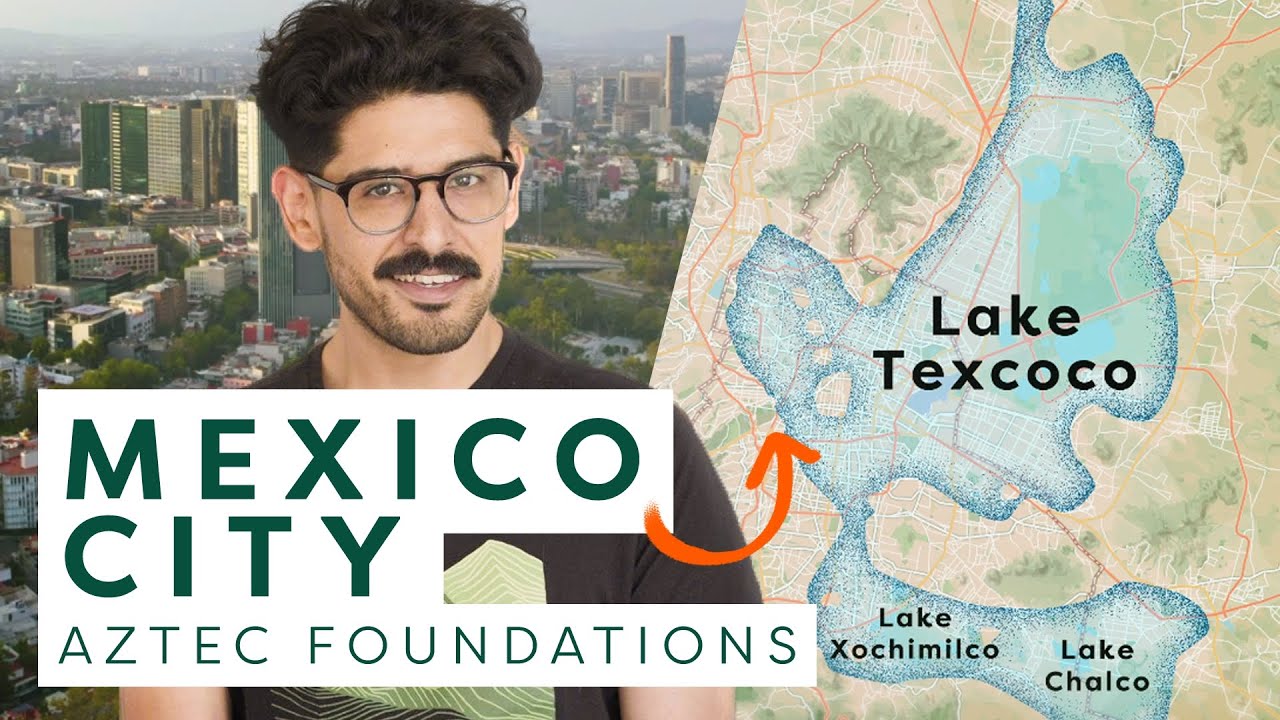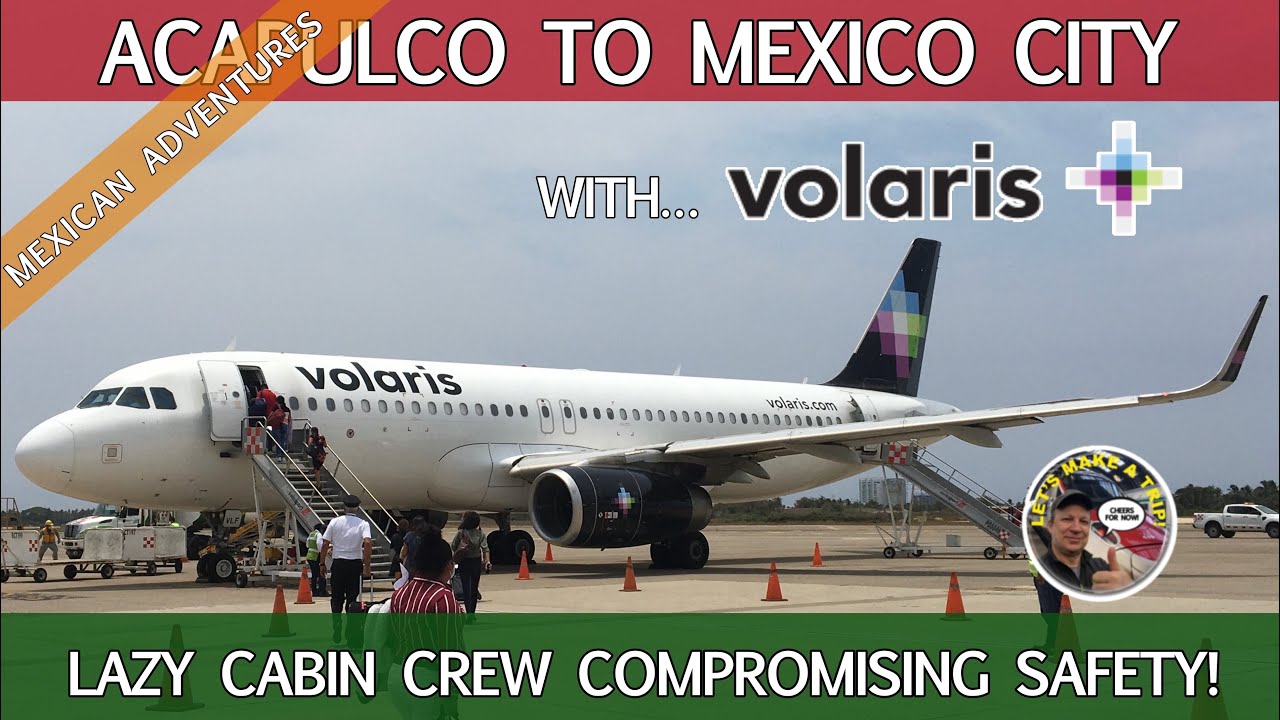Understanding the Perception of Mexico City
Mexico City, the vibrant capital of Mexico, is a city of contrasts and a destination rich in history, culture, and modernity. This sprawling metropolis, one of the largest cities in the world, offers a unique blend of ancient traditions and contemporary urban life. However, perceptions of Mexico City have been colored by stereotypes and misconceptions, often overshadowing the city’s true essence and the myriad adventures it holds for travelers.
Safety Concerns have been a significant factor influencing the perception of Mexico City. While there are challenges, as in any major city, it’s important to understand that Mexico City has made considerable strides in improving safety and security. Areas popular with tourists and expatriates are well-patrolled and generally safe. Like any urban area, it requires visitors to stay informed and take common-sense precautions. The narrative of a city besieged by safety issues is outdated and does not reflect the current reality of most neighborhoods, especially those frequented by visitors.
The city’s Cultural Richness is often underappreciated due to prevailing stereotypes. Mexico City is a UNESCO World Heritage site, boasting an incredible array of museums, galleries, and historical buildings. From the ancient ruins of Templo Mayor in the heart of downtown to the modern art housed in Museo Jumex, the city offers endless exploration opportunities for history buffs and art lovers alike. Yet, the global narrative seldom highlights this aspect, focusing instead on narrow and not always flattering aspects.
Another often overlooked facet is the city’s Green Spaces and Public Parks. Contrary to the concrete jungle image, Mexico City is home to vast green areas like Chapultepec Park, one of the largest city parks in the Western Hemisphere. These spaces offer a respite from the urban hustle, showcasing the city’s commitment to preserving natural beauty and providing recreational areas for its inhabitants and visitors.
In understanding the perception of Mexico City, it is essential to delve beyond surface-level stereotypes and engage with the city’s complex, multifaceted identity. By doing so, travelers uncover a destination full of vibrancy, warmth, and unparalleled cultural wealth. Mexico City defies simple categorization, inviting a deeper exploration and appreciation of its true character.
Safety Improvements in Mexico City
Mexico City, a vibrant metropolis known for its rich history, culture, and bustling urban life, has seen significant strides in safety improvements in recent years. Recognized as a top destination for travelers seeking adventure and cultural immersion, concerns regarding safety have always been a point of consideration. However, recent initiatives undertaken by the city’s government and local communities have contributed markedly to enhancing the overall security environment for both residents and visitors alike.
One of the most notable developments has been the implementation of increased police presence in key tourist areas. This effort is aimed at deterring potential petty crimes and ensuring a safer experience for those exploring the city’s many attractions. Not only has the number of law enforcement officers been increased but their training in dealing with issues specifically affecting tourists has been enhanced, emphasizing the importance of a safe and welcoming environment for international visitors.
Technology has also played a pivotal role in advancing safety measures across Mexico City. The introduction of surveillance systems, including CCTV cameras in public spaces, has been instrumental in crime prevention and investigation. The integration of these technologies into the city’s safety strategy allows for real-time monitoring and a quicker response to incidents, contributing significantly to the reassurance of both locals and tourists about their safety while in the city.
Community engagement initiatives have further strengthened the city’s safety fabric. Programs designed to foster community policing and neighborhood watch groups have encouraged residents to take an active role in monitoring and reporting suspicious activities. This approach has not only improved the relationship between the community and police forces but has also made it challenging for criminal activities to go unnoticed, enhancing the overall security of the area.
Additionally, the city has invested in improving infrastructure to enhance safety, including better street lighting and the repair of sidewalks to reduce accidents and make nighttime navigation safer for pedestrians. These physical improvements, together with the aforementioned efforts, demonstrate a comprehensive approach to addressing safety concerns, showcasing Mexico City’s commitment to creating a secure and inviting environment for all who visit and reside in this dynamic metropolis.
Cultural and Historical Richness
Mexico is a tapestry woven from millennia of cultural and historical threads that beg to be explored. From the ancient ruins of the Mayans in the lush jungles of the Yucatan Peninsula to the grand colonial architecture found in cities like Guanajuato and Morelia, Mexico offers a wealth of experiences for those who wish to delve into its past. The nation’s rich history is not confined to museums and historical sites; it pulses through the streets of its cities, in the traditions and festivals of its towns, and in the everyday life of its people.
Ancient civilizations, including the Aztecs, Mayans, and Zapotecs, have left their mark on the landscape with breathtaking ruins that stand as a testament to their advanced societies. Sites such as Teotihuacan, with its imposing Pyramid of the Sun and Moon, and Chichen Itza, a New World Wonder, offer insights into the complex cultures that flourished long before the Spanish conquest. Beyond these famed sites, numerous lesser-known ruins across the country offer a quieter, but no less fascinating, peek into the ancient past.
The Spanish colonial era introduced another layer to Mexico’s cultural and historical landscape. Magnificent cathedrals, sprawling haciendas, and cobblestone streets tell the stories of Mexico’s colonial past. Cities like Oaxaca and Puebla are celebrated for their well-preserved architecture and vibrant cultural scenes that blend indigenous and Spanish influences. This period also saw the rise of distinct art forms, such as the murals of Diego Rivera, which depict Mexico’s history and are an essential aspect of its cultural identity today. Through its diverse historical sites and rich cultural expressions, Mexico offers an unrivaled journey into the heart of its storied past.
The Culinary Experiences
Embarking on a journey through Mexico is akin to taking a grand tour of one of the world’s most vibrant culinary landscapes. As you traverse this magnificent country, every region unfurls its unique flavors, traditions, and gastronomic tales. From the bustling streets of Mexico City to the serene beaches of the Yucatán Peninsula, the range of culinary experiences is as diverse as it is flavorful, offering something enticing for every palate.
Mexican cuisine, recognized by UNESCO as an Intangible Cultural Heritage of Humanity, is a beautiful tapestry woven from indigenous and Spanish influences. Exploring local markets is a must-do activity for food enthusiasts. These colorful emporiums buzz with activity and are treasure troves of fresh produce, exotic spices, and artisanal products. Here, you can savor the country’s culinary diversity, from the fiery chiles of the north to the sumptuous cacao of the south.
One cannot talk about Mexican culinary experiences without highlighting the street food culture. It is both an art form and a way of life, offering a kaleidoscope of flavors that embody the spirit of Mexican hospitality and creativity. From the iconic tacos and quesadillas to the lesser-known but equally delightful tlayudas and esquites, each dish tells a story of regional identity and culinary innovation.
For those seeking a more elevated dining experience, Mexico’s fine dining scene is on a meteoric rise. Chefs across the country are reimagining traditional dishes with modern techniques and presentation, creating a fusion that respects the past while looking forward to the future. These establishments offer not just meals, but immersive experiences that marry the country’s rich culinary heritage with contemporary dining trends.
Beyond the food itself, culinary experiences in Mexico are deeply tied to the country’s rich traditions and communal way of life. Cooking classes and food tours provide intimate insights into the importance of cuisine in Mexican culture, offering hands-on opportunities to learn from local chefs and families. These experiences often transcend the act of eating, highlighting the ceremonial and social significance of food in Mexico’s everyday life. From ancient Mayan chocolate rituals to contemporary urban food tours, these adventures invite travelers to become part of Mexico’s ongoing culinary story.
Outdoor Adventures and Natural Beauty
Mexico is a treasure trove of outdoor adventures and breathtaking natural beauty, offering an array of experiences for enthusiasts and thrill-seekers alike. From the crystal-clear cenotes of the Yucatan Peninsula to the majestic Copper Canyon, larger than the Grand Canyon, the country’s landscapes provide a stunning backdrop for a variety of outdoor activities. Hikers and mountaineers can explore the rich biodiversity of Mexico’s national parks, such as the Monarch Butterfly Biosphere Reserve, where millions of monarch butterflies migrate each year, creating a spectacle of nature that is both humbling and mesmerizing.
The coastline of Mexico, stretching over thousands of miles, is a paradise for water sports lovers. The Riviera Maya and the beaches of the Baja Peninsula attract surfers, kayakers, and snorkelers with their warm, clear waters and vibrant marine life. Diving enthusiasts can embark on an underwater adventure to explore the Great Maya Barrier Reef, the second-largest coral reef system in the world, or discover the hidden worlds within the cenotes, natural sinkholes filled with freshwater that were sacred to the ancient Maya civilization.
For those seeking adrenaline-fueled adventures, Mexico does not disappoint. The country is famed for its zip-lining and canopy tours, which offer exhilarating rides over lush jungles and deep canyons. Mountain biking and off-road adventures through Mexico’s rugged terrains provide an unbeatable rush for the daring. Paragliding over Valle de Bravo or hot-air ballooning above the ancient city of Teotihuacán offers breathtaking views and a sense of freedom that is hard to find elsewhere.
Moreover, Mexico’s commitment to conservation and sustainable tourism ensures that these natural wonders and outdoor activities will be preserved for future generations to enjoy. Responsible travel initiatives and eco-friendly accommodations are increasingly common, allowing adventurers to immerse themselves in Mexico’s natural beauty while minimizing their environmental impact. This blend of thrilling outdoor adventures and a deeply rooted respect for nature makes Mexico a must-visit destination for anyone looking to experience the great outdoors.
Connecting with Locals
Traveling to Mexico offers a breathtaking mosaic of experiences, from its stunning landscapes and historical wonders to its vibrant culture and culinary delights. However, the heart of a truly memorable journey lies in connecting with locals, diving deep into the country’s soul, and experiencing Mexico through the eyes of those who call it home.
Embrace Local Traditions. Mexico is a country rich in traditions and festivals, each telling a story of its heritage and cultural identity. Participating in local festivals, such as Dia de los Muertos (Day of the Dead) in Oaxaca or the Guelaguetza festival, allows travelers to immerse themselves in the vibrant customs and celebrations that define Mexican life. Engaging in these traditions first-hand not only enriches your travel experience but also fosters a deeper understanding and appreciation of Mexico’s cultural diversity.
Engage in Community Projects. For those looking to form meaningful connections with locals, participating in community projects offers a unique opportunity to give back while gaining insight into the challenges and triumphs of local life. Whether it’s volunteering in ecological conservation efforts in the Mayan Riviera, supporting educational programs in rural areas, or helping build sustainable infrastructure, such endeavors allow travelers to collaborate with residents, creating bonds that transcend the usual tourist experiences.
Explore Local Cuisine with Mexican Hosts. Mexican cuisine, a UNESCO Intangible Cultural Heritage, is best experienced in the kitchens and dining rooms of local hosts. Engaging in cooking classes or dining experiences offered by locals not only unveils the secrets behind the country’s gastronomic delights but also creates a space for genuine cultural exchange. Sharing stories over a meal prepared together or savoring family recipes passed down through generations, travelers can taste the true essence of Mexico, one plate at a time.
Each of these interactions opens a window to the soul of Mexico, offering travelers not just a visit, but a profound connection to this land and its people. By embracing these opportunities, your journey becomes an unforgettable tapestry of shared experiences, learning, and mutual respect, truly capturing the spirit of Mexico.


